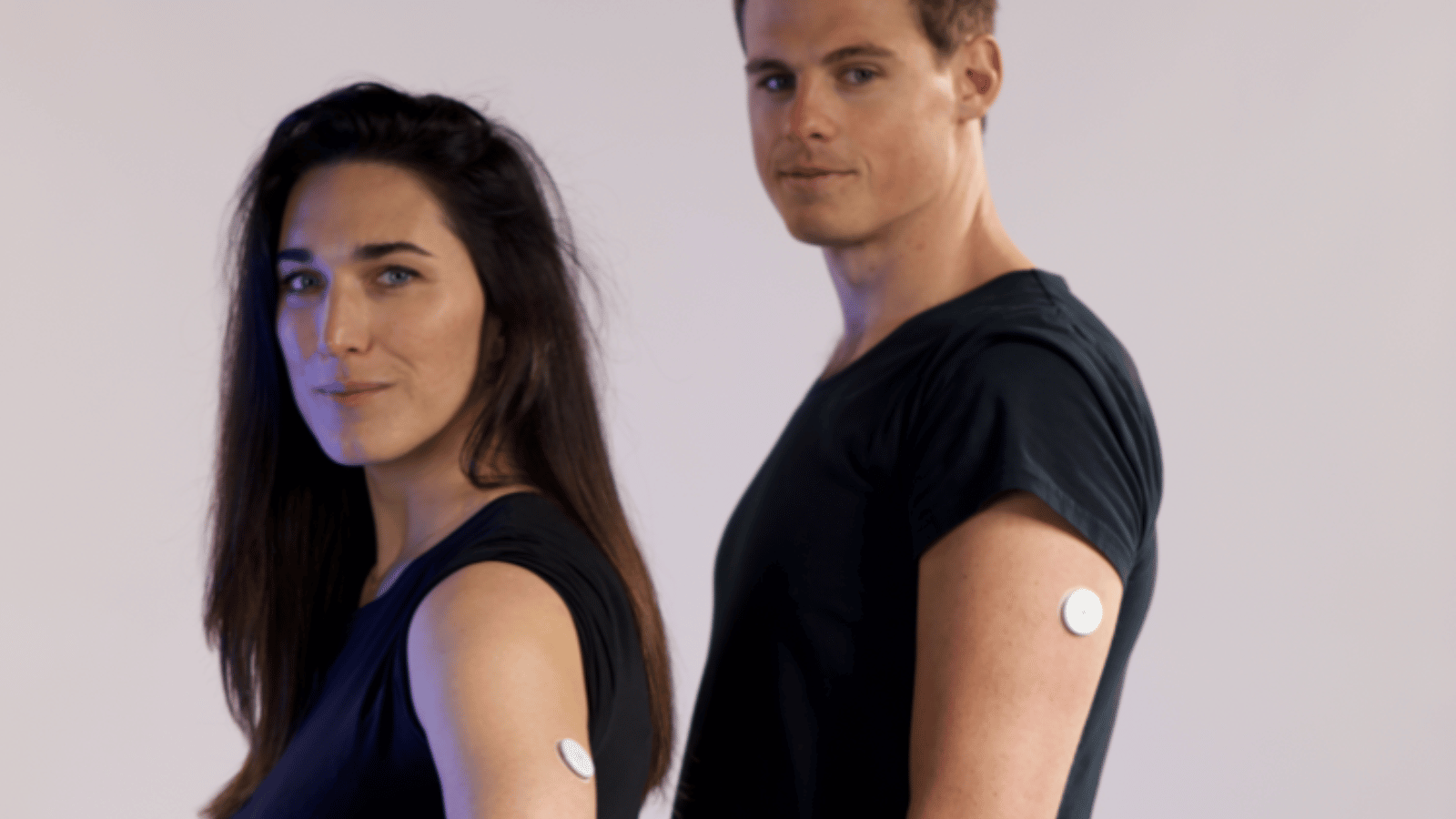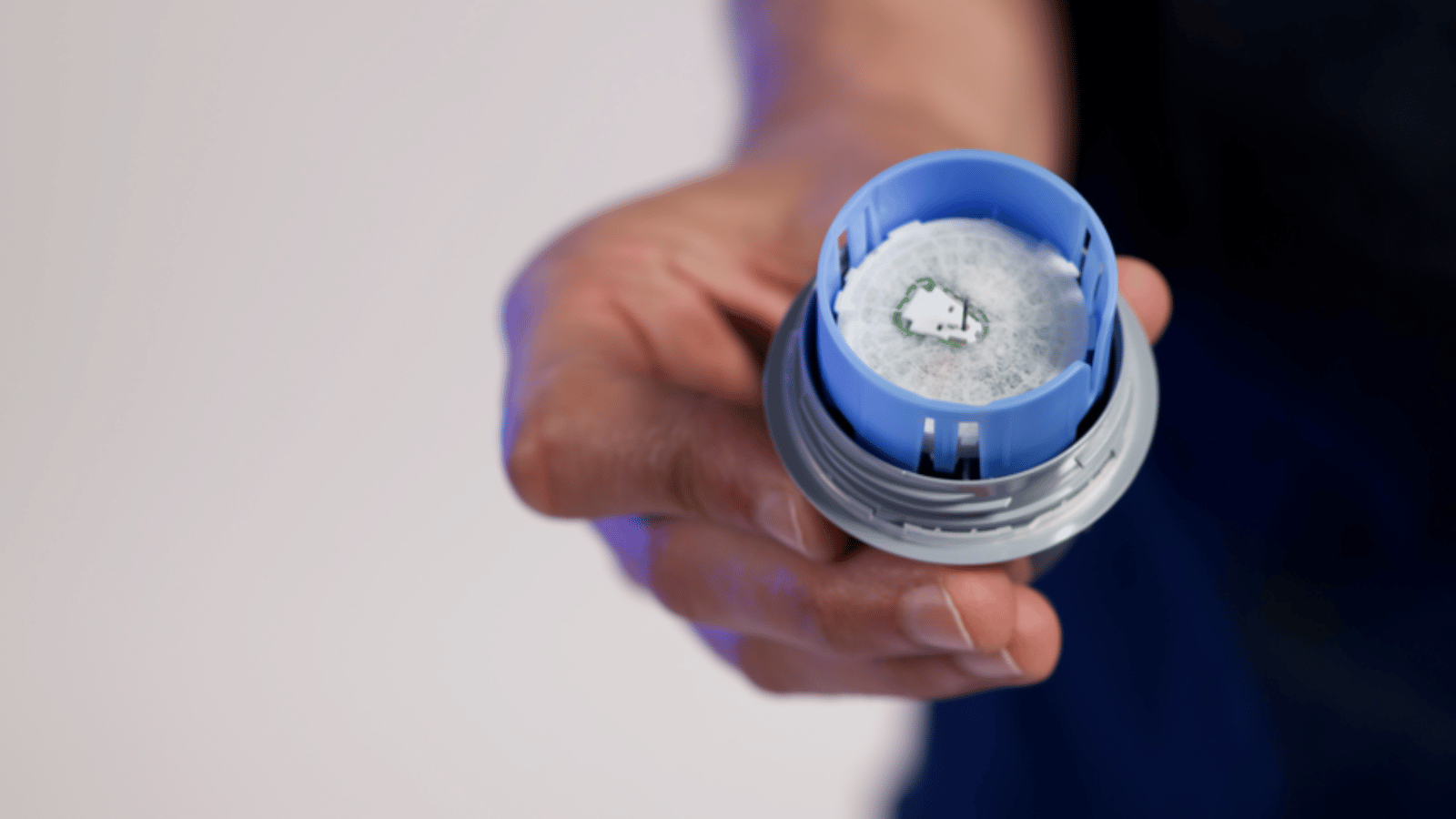Glucose comes from the Greek word for “sweet.”
As a chemical compound, it is generically classed as a carbohydrate.
It’s one of several types of sugars (or carbohydrates) you get from food and drinks, and your body uses it for energy. Once it has been absorbed into your body, it travels through your bloodstream and is now called blood glucose or blood sugar.
Insulin is a hormone that is responsible for moving glucose from your blood into the cells for energy and storage. Therefore, having appropriate insulin sensitivity is essential for optimal health as it allows the cells of the body to use blood glucose to complete their function, reducing blood sugar.
Glucose is one of the most essential molecules in your body.
It provides vital energy that your cells need to function.
It impacts every cell, in every organ in our body.
Therefore, any disruption in our glucose level and it’s ability to get into cells can negatively manifest just about anywhere, from the skin to the brain; from our organs to our nervous system and subsequently, our hormone levels (particularly insulin).
Glucose pathway
From ingestion, glucose travels down into your small intestine; then into the bloodstream, where it takes a quick trip through the liver and moves through your body via your blood; it leaks out of the capillaries, into the interstitial fluid around the cells, and finally through the cell membrane and into the cell.
Why should I care how my blood glucose is tracking?
There is nothing new about tracking blood glucose; diabetics have been tracking it since 1970’s because for them, disruption to their levels can be life-threatening. For this population, it is an essential part of their daily life, either by pricking their finger multiple times a day or via a continuous glucose monitor (CGM), devices which have been available since 1999.
Yet non-diabetics take this very vital metric for granted. Why?
Because we’re taught that if something doesn’t seem broken, then we shouldn’t care about it.
This describes “classic reactive medicine” and is a perfect example of an ambulance at the bottom of the cliff vs a preventive/proactive approach to health. Remember, glucose is an essential molecule that impacts all of your cells. We don’t just need it to survive, we want to help you better understand it (and how your decisions impact it) and thrive!
If you are anything like our incredible clients, you want to look under the hood and make sure your body is functioning optimally and living and fueling the right way. To do this, you need the data.
Thanks to modern technology, glucose is one of the easiest molecules to track and gain powerful insights from, especially with the evolution of the CGM, making it painless and easy to monitor live blood glucose levels. We believe this is a valuable tool for everyone to kickstart a journey of deep self-discovery.

What impact does blood glucose have on my daily life?
Not only does a direct understanding of your blood glucose levels provide a window into how diet and lifestyle decisions affect your health. But understanding the link between consistently high glucose levels or frequent glucose spikes/crashes and symptoms like fatigue, brain fog, and depression can help you make real, long-term changes to your habits.
Since rollercoaster shifts in blood glucose are also associated with several chronic diseases, including cancer, cognitive decline, stroke, and cardiovascular disease, a CGM can help you understand HOW to maintain stable glucose levels before metabolic dysfunction like insulin resistance (pre-diabetes or those diseases above) cause you to suffer.
An important note is that CGMs actually measures the amount of glucose in the interstitial fluid, which is close proximity to how much glucose is in the blood. For this reason, it is not actually a live and direct measure, but it’s close to it, with about a 5-15 minutes delay. This is the time it takes the glucose to leak into the interstitial space.
Installing a CGM
While we’ve tried a variety of CGMs on the market, we typically use Abbott’s Freestyle Libre device. You can learn more about the installation of the device and app set-up/practitioner connection here.
Insights that a CGM can provide with or without a diabetes diagnosis
Bio-Curiosity: At Taylored Health, we’re passionate about promoting curiosity around your individual biology so you can better understand how your unique biology works. In our opinion, CGMs provide one of the more valuable, near real-time insights “under the hood” of your body. When ~40% of all U.S. adults are known to have insulin resistance, it is best to be aware of this metric and get on top of it as soon as possible. Knowledge is power.
Glycemic variability: This relates to your glucose curve and we are looking for low glycemic variability. This is the ability for you to keep the glucose curve stable with minimal fluctuations around food. High glycemic variability is like a roller coaster with spikes and crashes, which is known to impact mood and energy along with long-term impacts such as metabolic dysfunction, diabetes, heart disease and overall healthspan/longevity.
Reaction to individual foods: Our blood-sugar reactions to foods are highly individual. For one person, an apple may spike blood sugar more than a cookie. However, some else may have the complete opposite reaction with an insulin overshoot leading to a glucose crash. This can be due to several factors; genes, microbiome, overall fitness, stress, sleep and structure of food intake. This is a key reason why I believe everyone needs to use a CGM so you can learn what does and doesn’t work for you. You can’t rely on something as general as the glycemic index, it is a nice guide, but inefficient at understanding your own unique body.
Metabolic flexibility: We have two primary fuel sources (carbohydrates and fat) and metabolic flexibility refers to the body’s ability to switch between fuel sources. If you have read our blogs before, you know we’re a big proponent of attaining metabolic flexibility. It provides you with the ability to metabolise your fat stores for energy vs relying on exogenous (external) fuel sources, in particular carbohydrates.
Preventative/proactive assessment: Insulin resistance can be present for more than 10 years before it shows up in any blood work (fasting blood glucose test). A CGM allows us easy insights into any metabolic dysfunction providing the ability to proactively intervene and correct it before it becomes a significant issue resulting in fatigue, brain fog or disease (diabetes, cancer, cardiovascular disease etc).
Lifestyle impact on glucose: It’s not only diet that can impact your glucose. Lifestyle factors like lack of sleep or stress can also have a significant influence on disrupting glucose levels. For example, stress dysregulates your blood glucose as your body mobilises more into the bloodstream to prepare to run away from that imaginary lion (fight or flight). Your body does NOT understand the difference between an emergency work deadline and threat from a lion…the chemicals release in the same way. Therefore, if you cannot regulate stress and you remain in a chronic state of stress, you are more predisposed to metabolic dysfunction.

Optimal Ranges
Data is pointless when you don’t know how to interpret it. Especially when all the information out there is based on clinical populations, supporting them with diabetes management.
What does healthy blood glucose look like? What should be my target?
Below, we have provided some healthy ranges based on the research on individuals without diabetes.
24hr Average Blood Glucose: 4.4-5.6 mmol/l
Fasting Blood Glucose (determined after not having any calories in at least eight hours): 4.0-4.7 mmol/l
Baseline/Pre-Meal Glucose: 4.0-5.0 mmol/l
Post Meal Glucose: Less than 6.1mmol/l, with no more than a 1.7 mmol/l increase from pre-meal levels.
Setting your target ranges on the app
4.0-6.1 mmol/l
To ensure you are within the healthy range above, I suggest adjusting your glucose report ranges between 4.0-6.1 mmol/l. This ensures it is easy to identify when you fall out of healthy ranges, making it easier to reflect on potential triggers.
Depending on the CGM manufacturer you’re using, they’ll have slightly different in-app experiences. Using the Abbott FreeStyle Libre CGM and app, tap the menu -> settings and then “Report Settings” and adjust the range to 4.0-6.1 mmol/l
Remember, your “optimal” glucose levels are specific to you, and you should talk with your healthcare provider about your glucose goals.
Important Glucose Patterns to Understand and Be Aware of
Fasting Glucose
This is an important measurement that can be used to classify people into three categories:
- Normal
- Prediabetes
- Diabetes
To be considered “normal,” fasting glucose must be under 5.6 mmol/l. Therefore, if your fasting glucose is above 5.6 mmol/l, you will want to address this through your lifestyle, and diet and of course get in touch with your GP.
Low Glucose Levels
We have talked a lot about high glucose, but what about low glucose?
Research has found that healthy non-diabetic people with baseline fasting glucose levels of less than 4.0 mmol/l had a 56% increase in all-cause mortality compared to people with normal fasting blood glucose levels (4.0-5.6 mmol/l).
Additionally, individuals with a fasting glucose baseline below 4.0 mmol/l had a much higher risk for heart attacks and strokes. This is thought to be due to the body releasing more adrenaline to compensate for the low glucose levels and too much adrenaline has been associated with heart problems.
Post-meal Hyperglycemia (elevated glucose)
Is defined as a glucose level >7.8 mmol/l 1-2 hours after ingesting food or drinks.
In healthy individuals, glucose should return to pre-meal levels within 2-3 hours. However, if it does not respond within 2-3hrs, it means your body is not functioning as it should. Therefore, if this occurs frequently, metabolic dysfunction could be present.
This is an important measure as high post-meal glucose levels can worsen glucose control over time and lead to obesity, diabetes, cardiovascular disease, and impaired exercise and cognitive performance.
Reactive Hypoglycemia (high-low)
This is when glucose spikes, followed by a crash below their baseline. These glucose dips are typically associated with symptoms including fatigue and lack of energy. It occurs due to an exaggerated insulin response to a high carbohydrate meal, causing an overshoot in the amount of glucose absorbed out of the bloodstream and into cells and is not good for health. We don’t want high highs and low lows; stable glucose appears to be better for the body. This response can be avoided by a low-carbohydrate/low-glycemic eating pattern with reduced post-meal glucose spikes.
What’s Next?
If you’re interested in joining our Tribe of #tayloredlife Warriors and getting a deep understanding over how food and your body interact with each other, get in touch. We offer free 20mins consultations to assess your goals and we can help direct you to one of our fixed-term programs, including our popular 6 Month Taylored Wellness Experience which pulls together some of the world’s best functional diagnostics and health coaching together in one package.
If you’re on the XXup or XYup Advanced Leadership Well-Being program, you can find more details regarding your CGM journey on your Taylored Health Portal – Weeks 6, 7, and 8.
